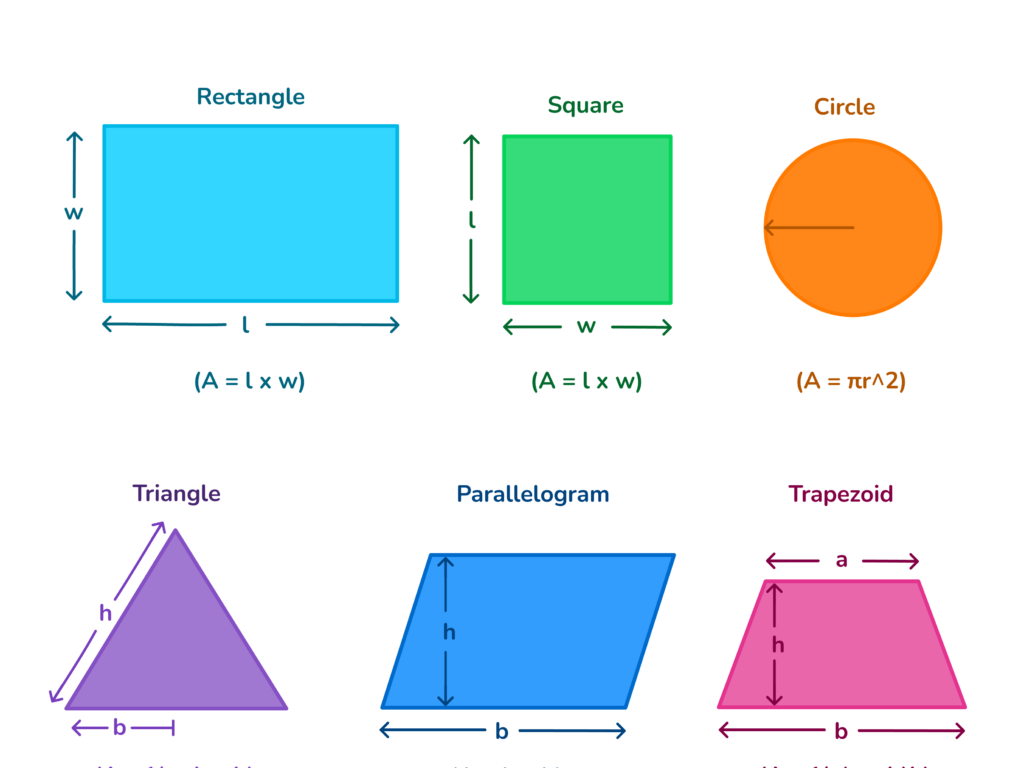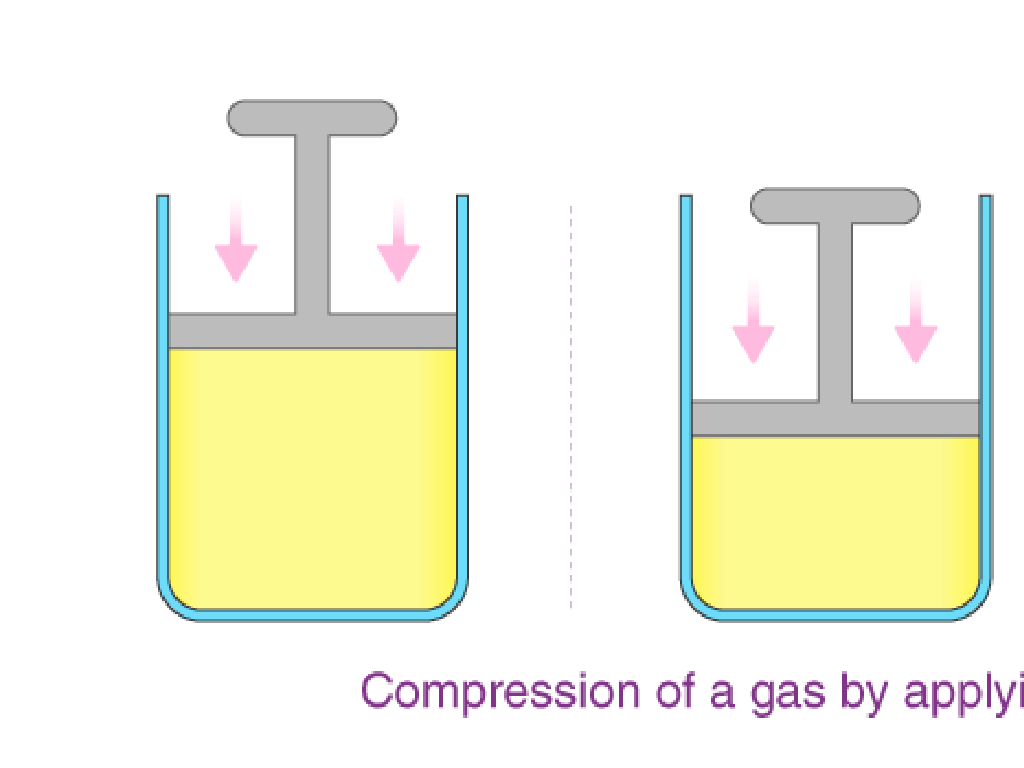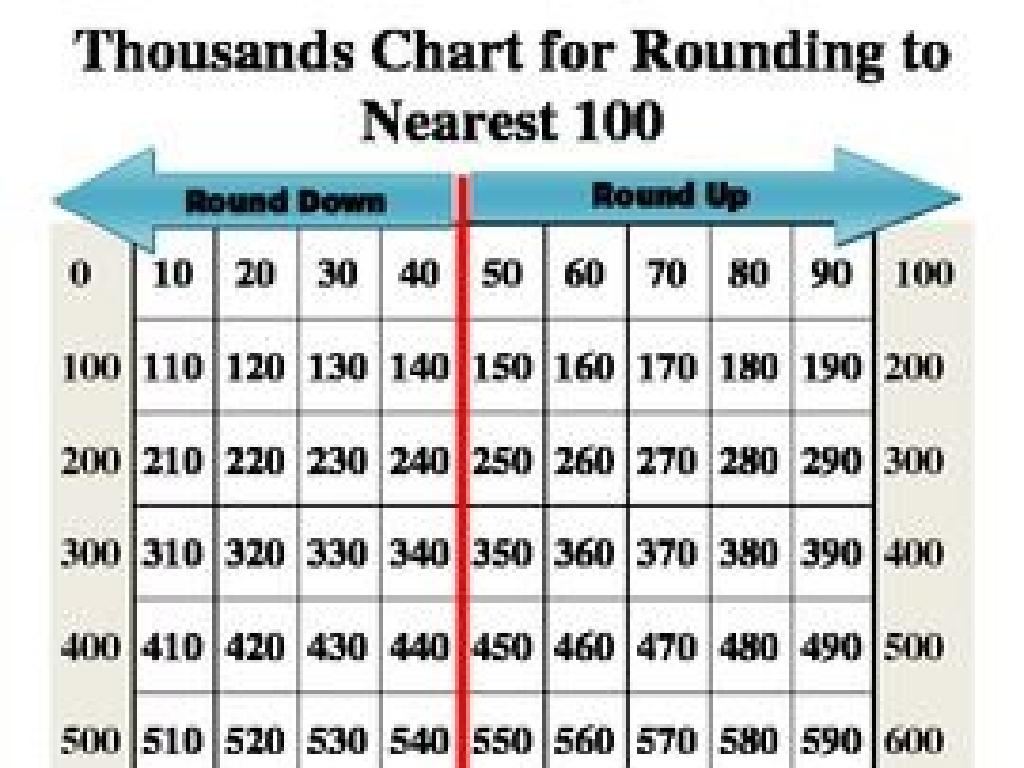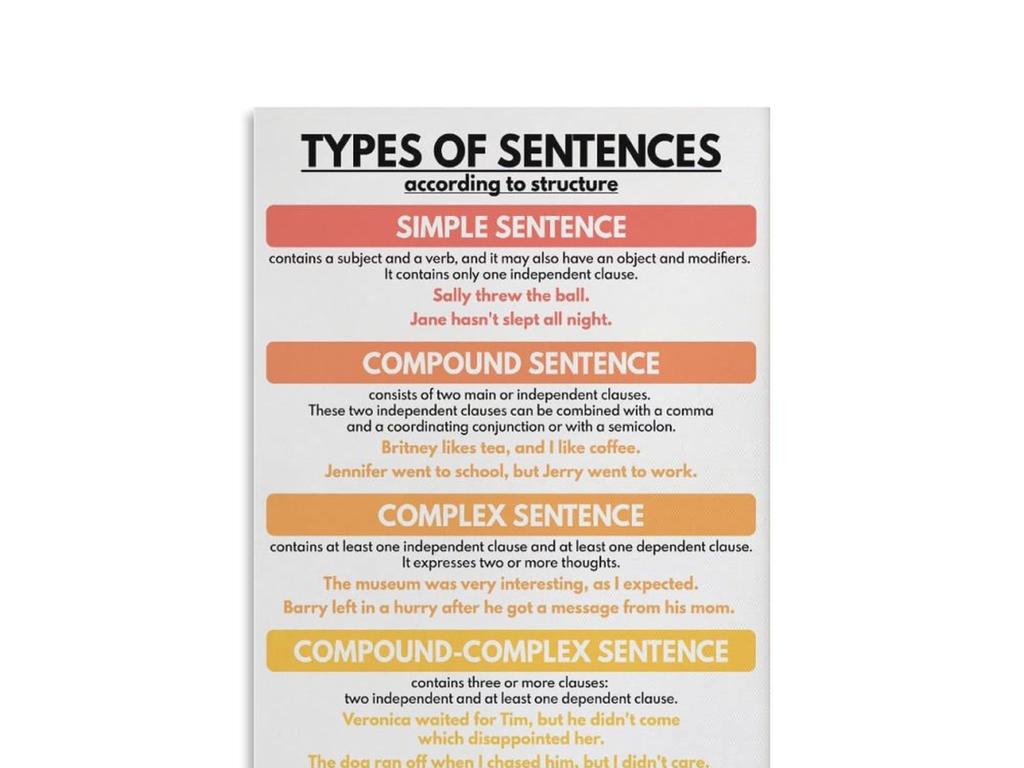Identify Rocks And Minerals
Subject: Science
Grade: Sixth grade
Topic: Rocks
Please LOG IN to download the presentation. Access is available to registered users only.
View More Content
Introduction to Rocks and Minerals
– Earth’s crust composition
– The crust is made of various rocks and minerals.
– Rocks vs. Minerals
– Rocks are made of minerals, minerals are pure substances.
– Significance of Rocks & Minerals
– They form the Earth’s surface and are used in everyday life.
– Exploring common examples
– Granite, quartz, diamond, and limestone are a few examples.
|
This slide introduces students to the basics of rocks and minerals, which are fundamental components of the Earth’s crust. Emphasize the distinction between rocks (which are composed of two or more minerals) and minerals (which are naturally occurring, inorganic solids with a definite chemical composition and crystal structure). Discuss the importance of rocks and minerals in our daily lives, such as their use in construction, technology, and as natural resources. Provide relatable examples that students can identify with, and encourage them to think about how these substances are part of their everyday environment. This will set the foundation for further exploration into geology and the study of the Earth.
Exploring Minerals
– Definition of minerals
– Naturally occurring, inorganic, solid substances
– Key properties of minerals
– Observe color, test streak, and measure hardness
– Mineral examples: Quartz, Feldspar, Mica
– Quartz is hard and clear, Feldspar is found in granite, Mica sheets off in thin layers
– Investigating minerals in class
|
This slide introduces the concept of minerals to the students. Begin by defining what a mineral is, emphasizing that they are natural, inorganic, and always solid. Discuss the properties that help identify minerals, such as color, streak (the color of the mineral when it is powdered), and hardness (resistance to being scratched). Provide tangible examples like Quartz, which is known for its hardness and clarity, Feldspar, which is commonly found in granite, and Mica, known for its ability to cleave into thin sheets. Plan a hands-on activity where students can examine these minerals and use the properties discussed to identify them. This will help solidify their understanding of the characteristics that define minerals.
Exploring the Basics of Rocks
– Rocks: Aggregates of minerals
– Rocks are made up of different minerals combined together.
– Three main rock types
– Igneous (formed from magma), Sedimentary (layers of sediment), Metamorphic (altered by heat/pressure).
– The Rock Cycle explained
– A continuous process of formation, breakdown, and reformation of rocks.
– Importance of studying rocks
|
This slide introduces students to the fundamental concepts of rocks in geology. Begin by defining rocks as aggregates of minerals, which are naturally occurring solid substances. Explain the three main types of rocks: igneous, formed from the cooling and solidification of magma or lava; sedimentary, created from the accumulation and cementation of mineral and organic particles; and metamorphic, which are formed from existing rocks that are changed by heat, pressure, or chemical processes. Introduce the rock cycle as a dynamic and ongoing process that describes the transformation of rocks through geological time. Emphasize the importance of studying rocks to understand Earth’s history, the processes that shape the planet, and the materials that are essential for human civilization. Encourage students to observe rocks in their environment and consider the processes that might have formed them.
Identifying Minerals: Tools and Techniques
– Tools for mineral identification
– Use a hardness kit, magnifying glass, and streak plate.
– Performing a scratch test
– Scratch the mineral against a reference material to determine hardness.
– Observing mineral luster
– Luster describes how light reflects off the mineral’s surface.
– Examining cleavage and fracture
– Cleavage is how a mineral breaks along flat planes, and fracture is when it breaks irregularly.
|
This slide introduces students to the basic tools and techniques used in identifying minerals. Emphasize the importance of each tool, such as the hardness kit for scratch tests, which helps determine the hardness of a mineral by comparing it to reference materials. Explain how luster can be observed with the naked eye or a magnifying glass and can range from metallic to dull. Discuss cleavage and fracture, which are observed by examining how a mineral breaks. Cleavage refers to a mineral breaking along smooth, flat planes, while fracture is a more irregular breakage pattern. Encourage students to handle samples and use these techniques to identify various minerals. Provide examples of minerals with different lusters, cleavages, and fractures for students to examine.
Identifying Rocks and Minerals
– Identifying rocks by properties
– Look at texture, composition, color
– Igneous rocks: crystalline or glassy
– Formed from cooling lava, like obsidian
– Sedimentary rocks: layered or fossils
– Formed from sediment layers or fossils
– Metamorphic rocks: foliated textures
– Formed under heat/pressure, like slate
|
This slide introduces students to the basics of identifying rocks by examining their physical properties such as texture, composition, and color. Igneous rocks are identified by their crystalline or glassy textures and are typically formed from the cooling of lava or magma. Examples include granite and obsidian. Sedimentary rocks are recognized by their layered appearance or the presence of fossils and are formed from the accumulation of sediment. Examples include limestone and sandstone. Metamorphic rocks have foliated or non-foliated textures and are formed under extreme heat and pressure, which alters their structure. Examples include slate and marble. Encourage students to bring rock samples and use hand lenses for closer examination in class.
The Importance of Rocks and Minerals
– Rocks and minerals in daily life
– Used in construction, tech gadgets, health products
– Building materials and jewelry
– Limestone for buildings; diamonds for jewelry
– Soil formation from rocks
– Weathered rock particles create fertile soil
– Rocks support ecosystems
– Habitats and nutrients for plants and animals
|
This slide aims to highlight the significance of rocks and minerals in various aspects of our lives. Students should understand that rocks and minerals are not just academic subjects but have practical uses in everyday life, such as in the construction of their homes and the technology they use. Economically, they are vital for creating building materials like limestone and for crafting jewelry like diamond rings. Environmentally, the breakdown of rocks contributes to soil formation, which is essential for agriculture and plant growth. Additionally, rocks provide habitats and are integral to maintaining balanced ecosystems. Encourage students to think of examples from their surroundings and discuss the less obvious roles rocks and minerals play in their lives.
Class Activity: Rock and Mineral Identification
– Hands-on identification practice
– Use senses to observe and test
– Look at the color, texture. Feel the weight, hardness. Test with simple experiments.
– Record and discuss observations
– Write down the properties you notice in each sample.
– Share findings with the class
– Discuss what makes each rock or mineral unique.
|
This activity is designed to engage students with hands-on learning to identify various rocks and minerals. Provide a collection of rock and mineral samples for students to examine. Encourage them to use their senses to observe the color, texture, and other properties. They can perform simple tests like scratch tests or streak tests if materials are available. Students should record their observations in a structured format, noting the properties of each sample. After the activity, facilitate a class discussion where students can share their findings and learn from each other’s observations. Possible variations of the activity could include group work to classify rocks, using a flowchart to identify minerals, or even a ‘mystery mineral’ challenge where students have to use their skills to identify an unknown sample.





